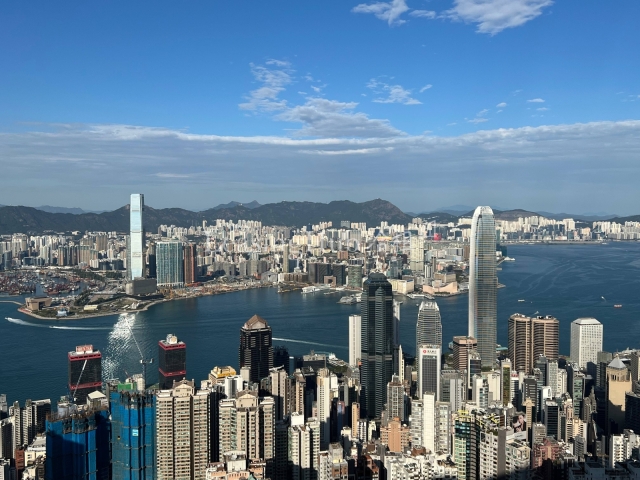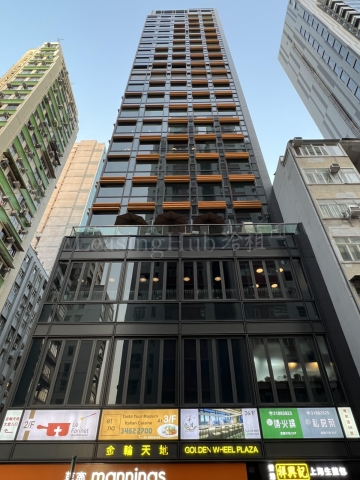High-street retail rents to recover broadly to levels seen before the pandemic, but hard to imagine a return to their ‘prime’, PGIM executive says
Tourist arrivals expected to return to pre-pandemic levels in 2024, spending to recover the following year
Hong Kong’s shop rents are tipped to record one of the biggest increments in the Asia-Pacific region from next year until 2028, according to the latest report by PGIM Real Estate.
The city is forecast to see growth in prime retail rents of at least 3 per cent per year over the next five years, the US-based asset manager said. Hong Kong is behind just Tokyo, which is expected to record rent increments of about 4 per cent in the same period.
“In the next five years, we expect high-street retail rents will recover broadly to the same levels seen before the pandemic, which translates to about 3 per cent to 4 per cent per annum growth,” said Cuong Nguyen, head of Asia-Pacific investment research at PGIM. “The pace of year-on-year growth might vary, but we think the momentum will be more front-loaded.”
The rent increases are likely to be supported by a continued recovery in tourist arrivals and spending in the city, he said. Hong Kong’s economy, which is expected to see a “long-term trend level of 2 per cent to 3 per cent on average growth in the next few years” will also bolster the retail segment, Nguyen said.
“Although it is hard to imagine Hong Kong’s retail street returning to its prime, we do expect rents to gradually recover.”
In the first nine months of this year, retail sales in Hong Kong rose by 18.6 per cent to about HK$302.3 billion (US$38.77 billion) from the same period in 2022, according to the latest preliminary figures released by the government.
Tourist arrivals, meanwhile, surged by 9,240 per cent to 23.32 million in the same period. Mainland Chinese visitors accounted for 18.68 million, or about 80 per cent of the total, according to official data.
“Chinese tourists continue to make up most cross-border arrivals in Hong Kong. However, we have seen a strong increase in tourists from Southeast Asian countries, which helps to offset some of the muted recovery momentum from outbound Chinese tourists,” Nguyen said.
“While spending is lagging behind tourist arrivals, we still expect that to improve as economic conditions stabilise. We expect tourism figures to return to pre-pandemic levels in 2024, but with the lag, spending is not expected to recover to pre-pandemic levels until 2025.”
In the January-to-June period this year, a property agency estimated that overnight and same-day visitor spending on shopping in Hong Kong was at just 55 per cent and 18 per cent, respectively, of levels seen in the first half of 2018.
This slow recovery in tourist expenditure in Hong Kong was cited by the agency as one of the reasons for the city’s main shopping districts losing further ground in its latest list of the priciest retail strips in the world.
Hong Kong’s tourist hotspot of Tsim Sha Tsui retained its ranking as the most expensive retail destination in Asia-Pacific, but slipped to third place globally, agency said.
“It is also clear that Hong Kong has to compete with many new shopping destinations,” Nguyen said. “Popular luxury brands are now expanding to most major Asian cities, and this will have an impact on Hong Kong.
“The strength of the US dollar, which the Hong Kong dollar is pegged to, is also a reason behind the recent lag in tourist spending.”
A recovery in mainland China’s economy will also boost Hong Kong’s retail segment, Nguyen said. However, risks such as a sharp slowdown in the mainland economy as well as geopolitical tensions could also hobble Hong Kong’s retail industry.



